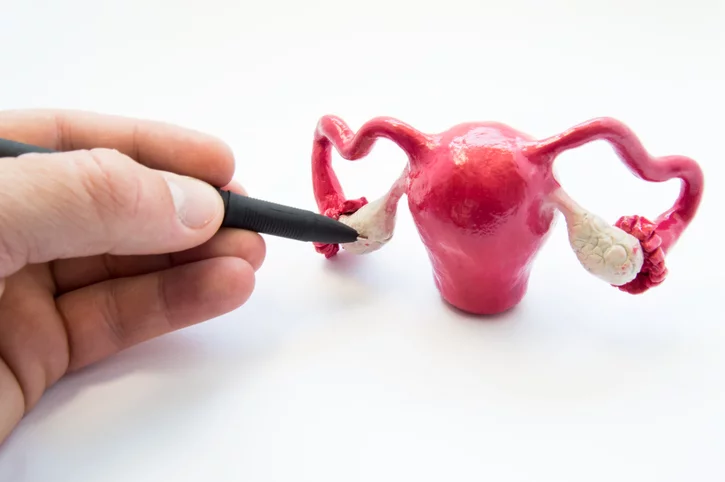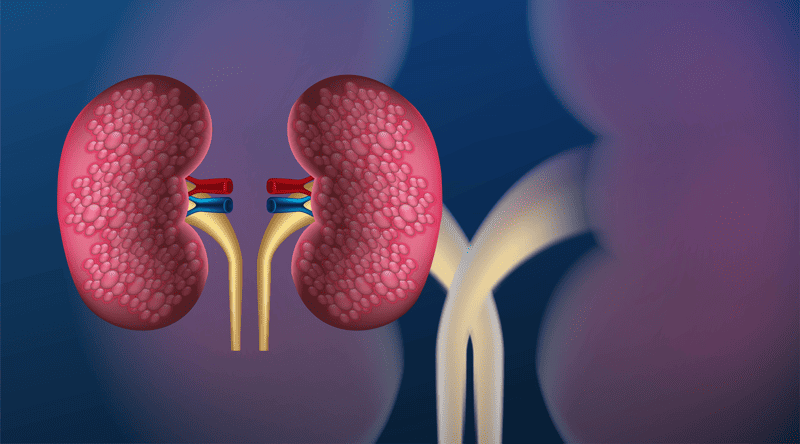
Do Concierge Doctors Accept Insurance? What You Need to Know
Concierge doctors offer personalized care with direct access—but how does that fit with your insurance plan? The answer isn’t as straightforward as you might think. Some services are covered, others







